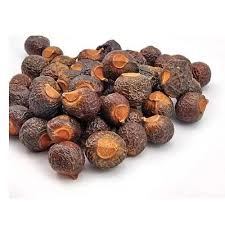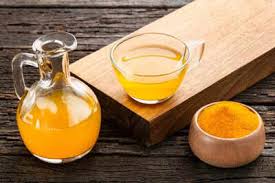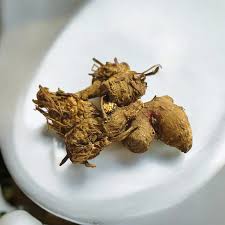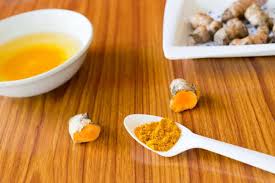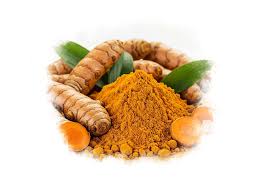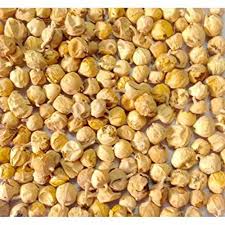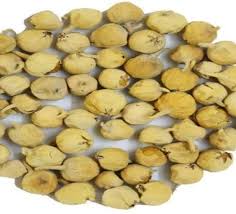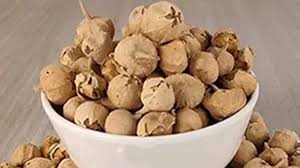
Top FAQs About Paneer Phool Answered by Experts
Natural remedies are gaining increasing attention as people look for safe, holistic solutions to manage chronic health conditions. Among these ancient herbs, Paneer Phool (also known as Withania coagulans or Indian Rennet) has emerged as a potent Ayurvedic remedy, especially popular for managing diabetes and detoxifying the body.
However, despite its rising popularity, many people still have questions about Paneer Phool—its uses, benefits, dosage, and possible side effects. At Dirghaanshi, we believe in empowering our readers with trustworthy and well-researched information.
In this article, we’ve gathered the top frequently asked questions about Paneer Phool and answered them based on Ayurvedic expertise, scientific backing, and user experiences.
Long Description: Everything You Need to Know About Paneer Phool – Expert FAQs
- What exactly is Paneer Phool?
Paneer Phool, also known as Withania coagulans, is a dried flowering herb from the same plant family as Ashwagandha. Traditionally used for curdling milk (hence the name “Paneer” Phool), it holds numerous medicinal properties in Ayurveda, including:
Blood sugar regulation
Liver and kidney detox
Anti-inflammatory action
Digestive support
Metabolic enhancement
It’s available in dried whole flowers, powder, and capsules.
- What are the main health benefits of Paneer Phool?
Paneer Phool offers several health benefits:
Controls blood sugar levels naturally
Improves insulin sensitivity and pancreatic function
Detoxifies liver and kidneys
Aids in digestion and metabolism
Supports weight loss in diabetic and obese individuals
Improves energy and reduces fatigue caused by high sugar levels
- How is Paneer Phool used in daily routine?
The most traditional and effective way to use Paneer Phool is as a decoction or tea:
Soak 5–6 dried Paneer Phool flowers in a glass of water overnight
Boil it in the morning, strain, and drink on an empty stomach
Continue this daily for 2–3 months for visible results
You can also use it in powder form (½–1 tsp with warm water) or capsules, especially if you dislike the taste.
- Is Paneer Phool effective for diabetes?
Yes, Paneer Phool is one of the most effective Ayurvedic herbs for diabetes. It works by:
Stimulating insulin production
Enhancing glucose uptake by cells
Reducing post-meal sugar spikes
Helping with long-term blood sugar control (HbA1c)
Many users at Dirghaanshi have shared their success stories, showing drastic improvements in fasting blood sugar and overall energy levels.
- How long does it take to see results?
Generally, you may notice results in 3–4 weeks, but for significant changes (like HbA1c improvement), it may take 2–3 months of consistent usage along with lifestyle changes.
The results depend on factors like:
Severity of the condition
Dietary habits
Physical activity
Dosage consistency
- Can Paneer Phool be taken with allopathic medicine?
Yes, it can be taken alongside allopathic diabetic medication. However, it is recommended to monitor your blood sugar levels regularly, as the combination may lead to hypoglycemia (sugar dropping too low).
Tip: Always consult your healthcare provider before making any changes in medication dosage.
- Is Paneer Phool safe for long-term use?
Yes, Paneer Phool is considered safe for long-term use as it is non-toxic and free from harmful chemicals. It does not create dependency and can be used daily as a preventive wellness herb. - Does it help with weight loss?
Paneer Phool aids in metabolic regulation which indirectly helps with:
Fat digestion
Reducing insulin resistance
Improved metabolism
Appetite control
While it’s not a direct fat-burner, many users have noticed gradual and healthy weight loss with continued use.
- Are there any side effects of Paneer Phool?
Paneer Phool is generally well tolerated. However, in rare cases or excessive doses, it may cause:
Mild gastric discomfort
Slight acidity or dryness in the mouth
Nausea (especially if taken without soaking/boiling)
Precautions:
Avoid use during pregnancy and lactation unless guided by an expert
People on multiple medications should consult a physician before use
- Can Paneer Phool be used by non-diabetics?
Absolutely! Even non-diabetics can benefit from its:
Detoxifying effects
Liver and kidney support
Prevention of insulin resistance
Improved digestion
It’s a great herb for those who wish to cleanse their system, especially if they consume high-carb or processed foods regularly.
- Can it be used by children or the elderly?
Yes, but:
For children, only in very low doses and under expert supervision
For elderly, it is safe and can be very beneficial for managing blood sugar and improving digestion
- Can Paneer Phool help in preventing diabetes?
Yes, for those with pre-diabetes or borderline sugar levels, Paneer Phool can:
Normalize sugar metabolism
Strengthen pancreatic function
Prevent progression into full-blown Type 2 Diabetes
It’s a proactive herb ideal for preventive care.
- Does Paneer Phool have any taste or smell?
Yes. The taste is bitter, and the decoction has a distinct earthy smell. This bitterness is due to its active plant alkaloids, which contribute to its medicinal value.
If the taste is unpleasant, capsules or powder mixed with honey may help.
- Where can I buy authentic Paneer Phool?
You can purchase 100% pure, pesticide-free Paneer Phool from Dirghaanshi, available in:
Dried flower form
Powder form
Capsules (coming soon)
Herbal diabetes support kits
We source our herbs from trusted farmers and process them using Ayurvedic principles to ensure maximum potency and purity.
- Can Paneer Phool be combined with other herbs?
Yes! It combines well with:
Fenugreek (Methi) – for blood sugar and digestion
Triphala – for detox and gut health
Neem – for immunity and skin detox
Ashwagandha – for stress-related sugar spikes
At Dirghaanshi, we also offer herbal blend packs for synergistic healing.
✅ Expert Tips for Best Results with Paneer Phool
Always soak or boil the flowers before use
Avoid sugar, white bread, cold drinks, and fried food
Drink plenty of water throughout the day
Maintain regular physical activity like walking or yoga
Monitor your sugar levels weekly
Take a break after every 2–3 months of continuous use (1–2 weeks)
🧘 Real Testimonials
“My HbA1c dropped from 8.2 to 6.5 in three months using Paneer Phool and Triphala daily. It changed my life.” – Anita, 48, Delhi
“I was able to avoid insulin after starting Paneer Phool tea. It truly works if you’re consistent.” – Rajeev, 55, Jaipur
🛒 Where to Get It?
Visit [Dirghaanshi.com] to explore our curated collection of Paneer Phool products and related Ayurvedic combinations for diabetes, detox, and wellness.
Conclusion
Paneer Phool is more than just a traditional herb—it’s a time-tested natural remedy that supports your body’s ability to regulate blood sugar, detoxify itself, and improve overall metabolic health. Whether you are diabetic, pre-diabetic, or health-conscious, this humble herb has much to offer.
With the answers to these frequently asked questions, we hope you now have a clear, complete understanding of Paneer Phool. At Dirghaanshi, we remain committed to delivering reliable herbal knowledge and premium-quality products to support your wellness journey.

